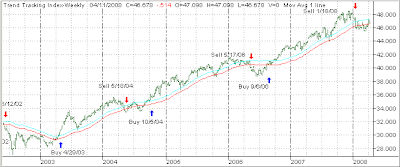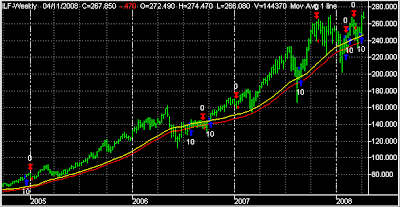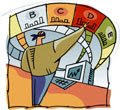 I like American success stories. You realize that there is simply no place like the U.S. when you read some of Lee Iacocca’s books or others detailing how a dishwasher made it up the food chain all the way to company president.
I like American success stories. You realize that there is simply no place like the U.S. when you read some of Lee Iacocca’s books or others detailing how a dishwasher made it up the food chain all the way to company president.
Entrepreneurial spirit along with boundless opportunities makes the Unites States a unique country to live and work in. With all of the gloom and doom of late, not much of this spirit has made front page anywhere. I was reminded of this when I read Timothy Sykes’ book “An American Hedge Fund,” a ‘Rocky-like’ story about a realistic look at the world of stock trading and hedge funds.
It is very inspiring and educational as Tim describes his trials and tribulations as he, while in college, turned $12,415 of Bar Mitzvah gift money into $1.65 million trading thousands of stocks from1999-2002. He managed the #1 Short Bias Hedge Fund from 2003-2006, and starred in the TV documentary Wall Street Warriors all before the age of 26.
What I liked about this book is Tim’s admission of failure and how he messed up trades by letting his ever growing ego get in the way. Here’s a man who definitely learned from his shortcomings and is willing let the world know about it by sharing them in his book.
The knowledge he gained from several years in the trenches represents wisdom that I have found also applicable to the world of trend tracking. Here are some highlights:
Before many traders even take a position, they guarantee their inevitable failure by allowing their obsessive research to cloud their objectivity. After putting in countless hours, days and sometimes even months of hard work, these traders aren’t open to the possibility that they may be wrong in their assumptions. They’re unwilling to admit that the most effective course of action might be contrary to their thinking.
Trillions of dollars have been lost by people who refuse to adapt to the market place. A trade can always turn around in a hurry, but only fools bank on their ability to predict these turnarounds. I warn you, short-term trades that turn into long-term holds inevitably become sources of great anguish. Sometimes you need to accept defeat and move on to new plays.
But, even when there aren’t any new opportunities to move on to, it’s still better to sit on the sidelines and wait for the next one to come along.
Well said! Any trader or investor should adhere to Tim’s findings. This book is a fast and fun read, and I couldn’t put it down. Tim is a reader of this blog, so feel free to post comments below.






